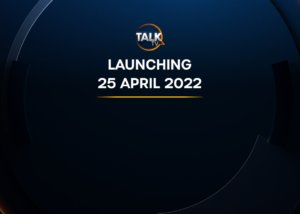The temporary terrestrial (Freeview) multiplex COM7 is set to close in June, to allow for the frequencies to be used for mobile phone networks. The frequency is one of those in the 700 MHz band that has now largely been cleared for %G mobile phone use, with the closure of COM7 to complete the process.
This will mean some Freeview viewers will lose some channels. I say some, as COM7 currently broadcasts to a limited area, and by using the DVB-T2 transmission method is only available those with compatible equipment (usually branded Freeview HD or Freeview Play).
COM7 currently broadcasts a mix of HD (high definition) and standard definition channels, largely HD simulcasts and plus 1 timeshifts. However, Freesports, Now 80s, That’s TV (UK version), ‘pop-up’ temporary service That’s Music, Forces TV, and the recently moved Together TV are all ‘unique’ to this multiplex.
In total, some viewers may lose up to 15 channels, on the assumption that no channels will be re-accommodated on other multiplexes. Exact changes are yet to be revealed (or at least to reach me), so the exact number of closures may change. There is not enough spare capacity to accommodate all services on other multiplexes, so at least some will close.
It is up to the channel owners and transmitter network providers to decide who gets available vacant capacity. There is only one remaining DVB-T2 multiplex (BBC B/PSB3), and that is current full. This means the HD simulcasts will close, but may appear in the future if an existing multiplex converts to DVB-T2.
That leaves the standard definition channels, of which 3 are time shift versions of existing channels so are unlikely to be retained. That’s Music is a pop-up service, so will also close, leaving 6 channels needing capacity. It is unlikely that there is enough national capacity to keep all 6 on-air.
Time will tell if any of the services affected by the COM7 closure will continue broadcasting on Freeview, but most are available on other platforms such as satellite which are unaffected by the terrestrial changes.

